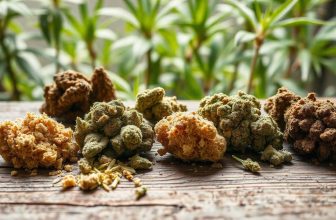
What is 3x Filtré? Between purity and power
Among the variety of CBD products, triple-filtered resin stands out. If you're wondering what makes this product so special, you've come to the right place. I'll give you all the information you ...

The best CBD Pre-Rolls joints in 2024
Discover the list of the best pre-rolled CBD joints to help you make the right choice.
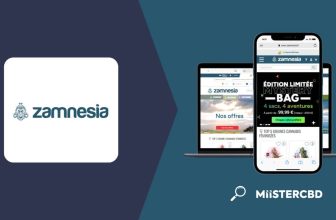
Zamnesia review: the cannabis seed bank with the largest catalog
Zamnesia sets itself apart with a vast selection of natural products, from seeds to CBD extracts, to cater to botanical and wellness enthusiasts. With a strong commitment to quality and transparency ...
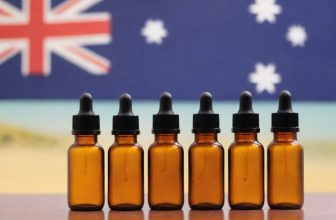
The 5 Best CBD Oils in Australia Reviewed in 2025
Despite many legal setbacks, the cannabidiol industry is booming with an annual compound growth rate of 30.1%. Experts expect the industry revenue for CBD Australia to reach $795.52 million by 2030. ...
Latest Articles
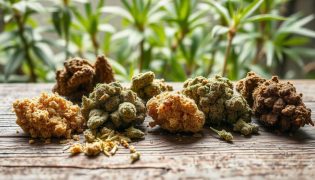
Articles / 4 weeks ago
What is 3x Filtré? Between purity and power
Among the variety of CBD products, triple-filtered resin stands out. If you're wondering what makes this product so special, you've come to the right place. I'll give you all the information you ...

Articles / 1 month ago
The best CBD Pre-Rolls joints in 2024
Discover the list of the best pre-rolled CBD joints to help you make the right choice.

Cannabis / 1 month ago
Zamnesia review: the cannabis seed bank with the largest catalog
Zamnesia sets itself apart with a vast selection of natural products, from seeds to CBD extracts, to cater to botanical and wellness enthusiasts. With a strong commitment to quality and transparency ...
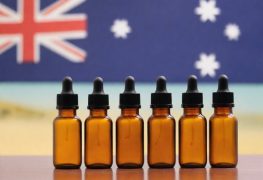
Articles / 2 months ago
The 5 Best CBD Oils in Australia Reviewed in 2025
Despite many legal setbacks, the cannabidiol industry is booming with an annual compound growth rate of 30.1%. Experts expect the industry revenue for CBD Australia to reach $795.52 million by 2030. ...

Articles / 5 months ago
Kokopelli: try organic seeds and natural CBD
Kokopelli is an association that preserves natural seeds, without genetic transformations, and offers a choice of CBD seeds, flowers and oils rich in cannabidiol.
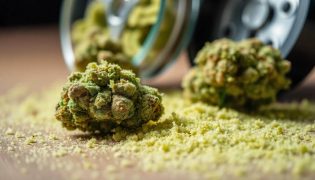
Articles / 9 months ago
Kief and Dry Sift: The Purest Form of Cannabis Concentrates?
Kief and dry sift are two of the purest and easiest to create cannabis concentrates, making them an excellent option for creating them at home.
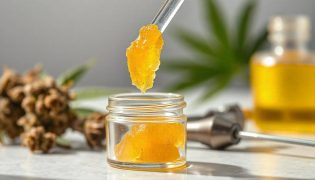
Articles / 10 months ago
Live Rosin and Resin: Understanding These Cannabis Concentrates
Both live rosin and live resin, derived from frozen cannabis flower, are quickly becoming staple concentrates, with many saying they love their richer flavors and aromas, however, there is one major ...

Cannabis / 10 months ago
Product Earth in London: the event dedicated to cannabis and natural medicines
Product Earth is a trade show dedicated to cannabis and natural medicines, to be held in London on September 7 and 8, 2024.

CBD / 11 months ago
Megan Rapinoe: a champion on and off the field who advocates for CBD
Megan Rapinoe, an Olympic athlete with the US soccer team, is participating in the Paris 2024 Olympics and promoting CBD for athletes.
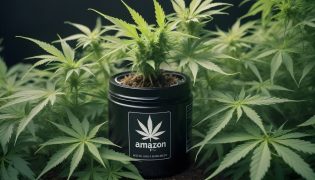
Business / 1 year ago
The dubious CBD market on Amazon: what consumers need to know
A study published by CBD Oracle reveals that the majority of CBND products sold on Amazon are fraudulent: incorrect THC levels, minimal or even absent CBD, etc.

Cannabis / 1 year ago
CBD in Japan: the controversial substance gaining market share
The case of CBD in Japan remains controversial: the market is growing rapidly, but the legislative framework is evolving slowly.
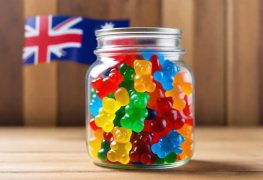
Articles / 2 years ago
The Best CBD Gummies in Australia with Honest Reviews for 2025
Despite CBD Australia being a Schedule 4 substance, the market for these products is booming. If you are curious about CBD but worried about potential psychoactive side effects, the best CBD gummies ...
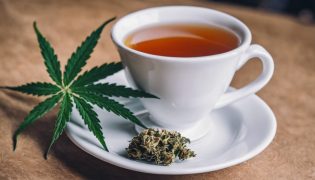
Articles / 2 years ago
Do CBD-Infused Drinks Get You High?
Hemp-based CBD alone does not cause highness no matter what product type. However, you can get high if your CBD oil contains excess THC levels, usually higher than 0.3%. Therefore, you must be ...
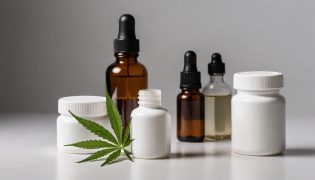
Articles / 2 years ago
How To Make CBD Cream For Pain? The Best Recipe
CBD is a beneficial natural compound that can be used in different forms, from CBD oil tinctures to creams. Many people also use effective homemade CBD formulas for different health conditions. If ...
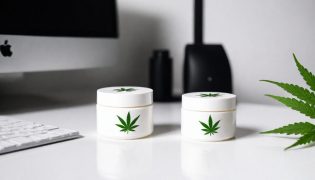
Articles / 2 years ago
Can You Buy The Best CBD Cream On Amazon?
If you don’t know where to get CBD products, your first guess is probably Amazon. It’s one of the biggest retail giants worldwide, and you can find almost anything here. But if you’re considering ...
Show next

